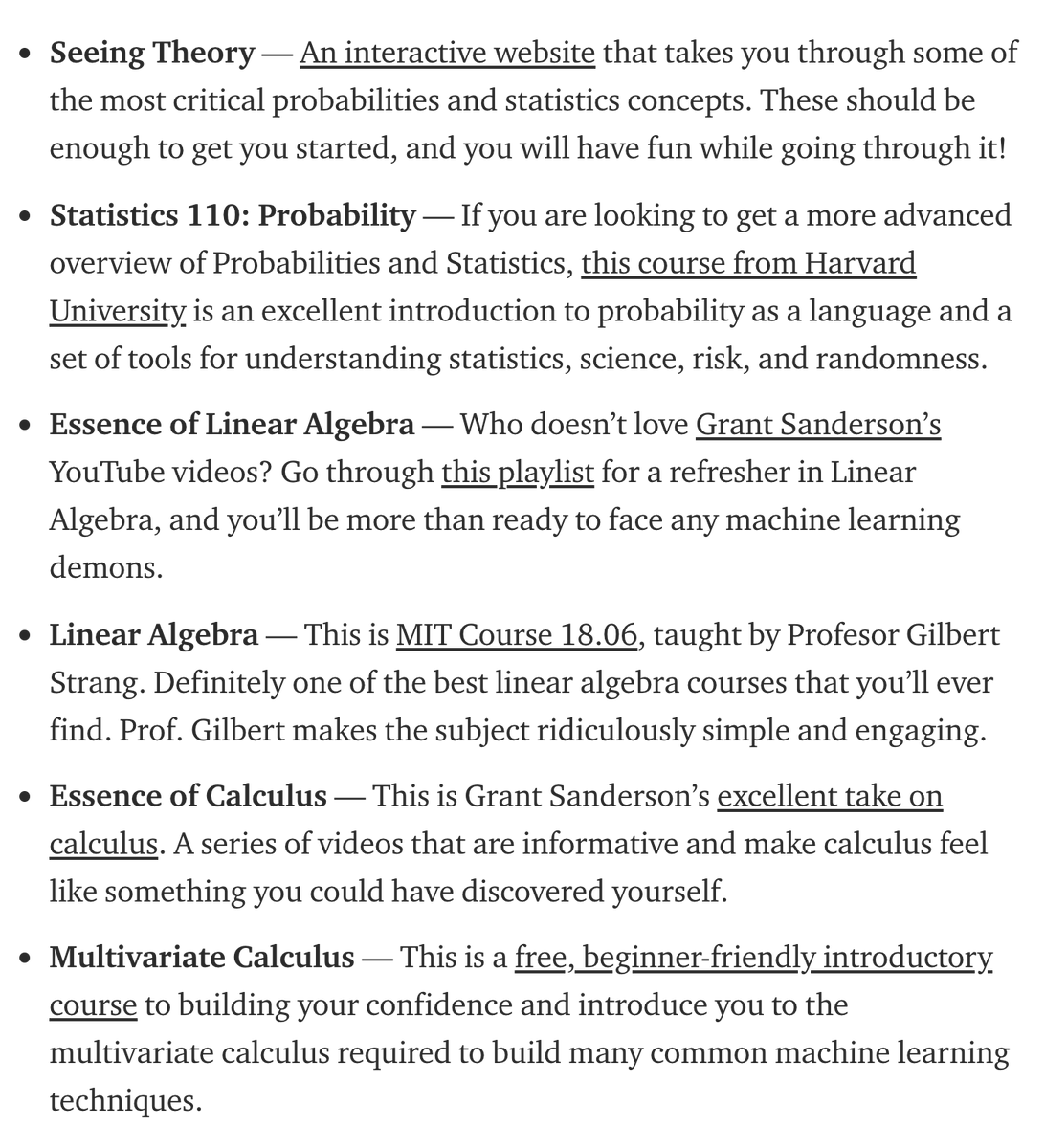If you need to deal with unstructured data (perceptual tasks): Keras or PyTorch.
The two main machine learning techniques used in the industry today:
1. Gradient Boosted Trees
2. Deep Learning
Focus your time learning Scikit-Learn, XGBoost, and a Deep Learning library like Keras or PyTorch and you'll get the most for your time.
If you need to deal with unstructured data (perceptual tasks): Keras or PyTorch.























